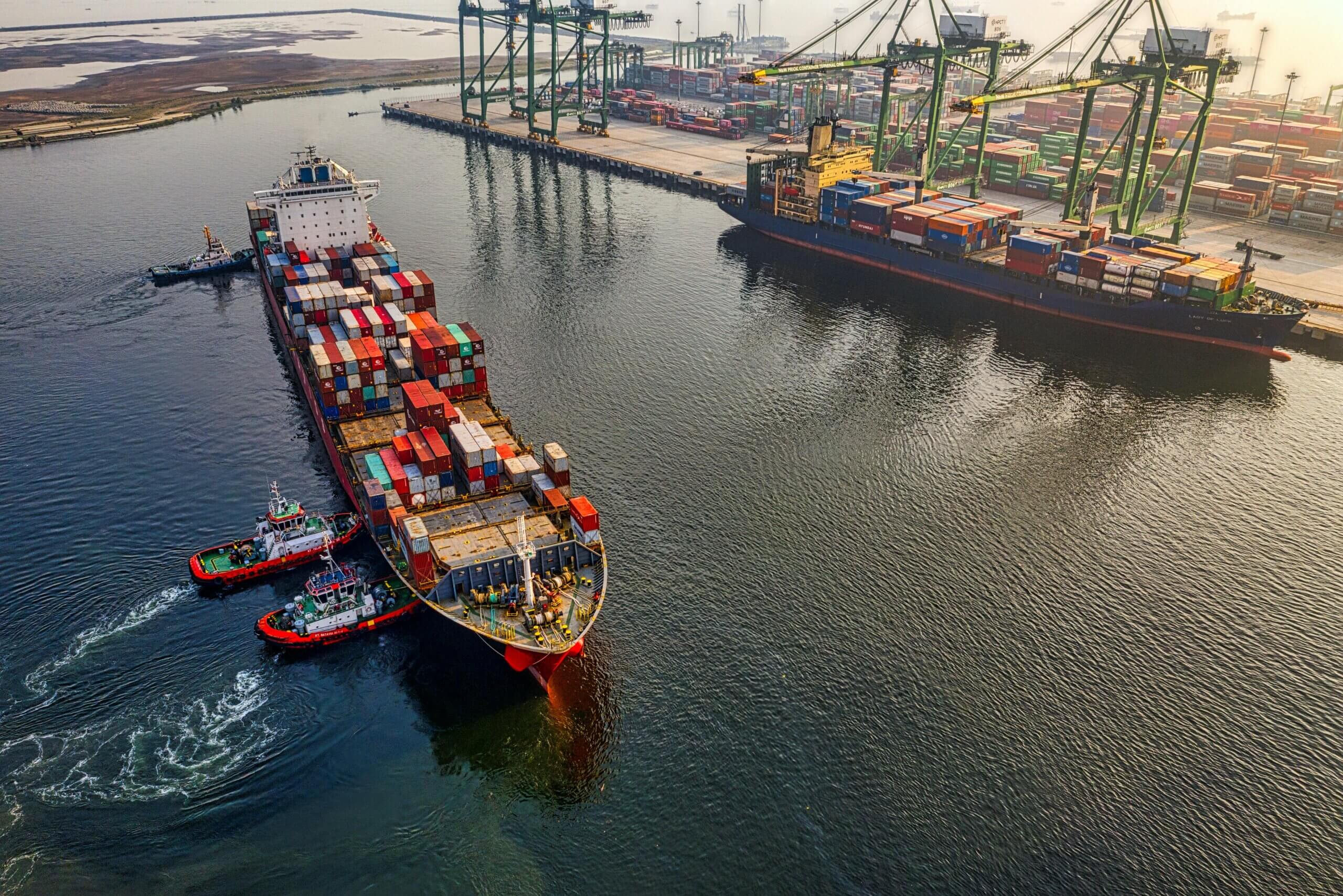For some reason, the old adage “the customer is always right” has not always been applicable in the freight transportation business. Perhaps it’s because another old adage has held sway instead: “If it ain’t broke, don’t fix it.” In this case, the thing that ain’t broke is the way carriers connect to their customers.
Those connections largely happen via EDI…because EDI has been seen as the default method of messaging for freight transactions.
But what if “it ain’t broke” also means that “it isn’t working” in a modern commercial setting? What if what worked before doesn’t answer the needs of modern shippers and 3PLs? What if the customer doesn’t get to be right because carriers won’t transition to a more effective way of system-to-system communication?
Freight Automation: Why APIs Matter to Capacity Providers
In truth, there’s a massive change underway in the broader world of technology, and the freight transportation world is just beginning to take notice. Web services, or APIs, are all around us, only we hardly notice them, because they quietly power the world of commerce in a seemingly effortless way.
APIs are to system integration what the internet was to information dissemination. They can empower whole new ways of reaching customers and connecting to those customers that are restricted by the rigid structure of EDI. More than that, freight-specific APIs help carriers plug into the networks that are organically growing each day in the logistics industry. It is no longer practical or scalable for carriers to treat their system-to-system connections with customers as one-offs.
By plugging into a hub of cloud-based APIs designed to enable real-time freight transactions, carriers literally leapfrog the restrictions of legacy systems, outdated messaging formats, and burdensome inefficiency.
This is critical because carriers are faced with long and costly lead times to establish EDI connections with individual customers. Those connections are expensive, time-consuming, and clunky. A one-to-many integration approach allows carriers to plug into an existing and established cloud-based freight network at a fraction of the cost and time. Carriers can access the network, benefit from it, and stay focused on the most important part of their business – being the best service providers in their markets.
Let’s Get Back to It: The Customer is Always Right
Remember, shippers are faced with ever-increasing demands from their own customers, the end consumers. And those customers are always right. So shippers and their transportation service providers have to be armed with modern, relevant technology that facilitates light-speed commerce.
The static nature of legacy data – like pricing and transit times – doesn’t cut it. Neither do EDI-based visibility systems. In a real-time world, where a consumer can buy a $1,000 product in 10 seconds on their phone, carriers need to be able to move in real-time too, helping their customers make decisions based on real-time data.
Batched EDI messages and shipment information that’s out-of-date before it’s even sent aren’t congruous with the way modern supply chains function.
There is a network of freight APIs just waiting for carriers to plug in to, once they realize that EDI is broken, and that it can and should be fixed. And once that happens, carriers will realize they can become more profitable not at the expense of their customers, but because the customer is always right and there’s a way to efficiently serve those needs.



